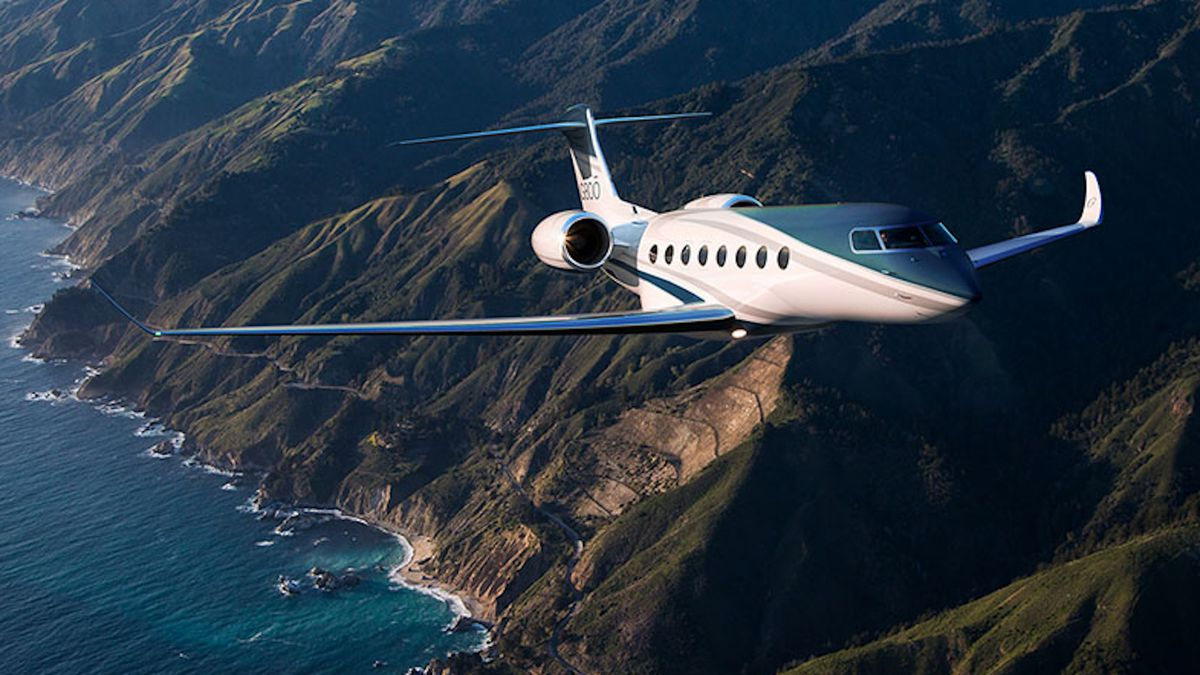Business Aviation

The Gulfstream G800, the world's longest-range business aircraft, achieved a significant milestone with simultaneous type certifications from the U.S. Federal Aviation Administration (FAA) and the European Union Aviation Safety Agency (EASA) on April 16, 2025. This dual certification validates the aircraft's compliance with stringent safety and performance standards and underscores its enhanced capabilities, which exceed original projections. The G800's entry into service establishes a new benchmark in ultra-long-range travel, offering unprecedented range, speed, and cabin innovations that significantly advance the standards of international business aviation.

Before diving into the details, it's vital to understand that international private jet charter involves numerous complex elements beyond simply booking an aircraft. This comprehensive guide covers critical aspects of international private aviation, from planning and regulatory compliance to customs procedures and hidden costs. Whether you're a seasoned private flyer or planning your first international charter, understanding these intricacies will help ensure a smooth, compliant journey while avoiding common pitfalls that can disrupt travel plans or lead to unexpected expenses.

Selecting the appropriate business aircraft represents the single most critical decision in aviation ownership, with financial implications that can either elevate or undermine an organization's entire investment. Proper aircraft selection forms the foundation upon which all subsequent operational success depends. When an aircraft's capabilities align with actual travel requirements, companies unlock unparalleled operational efficiency, substantial cost savings, and measurable productivity enhancements. Industry analysis confirms that organizations operating appropriately matched aircraft generate up to 30% more revenue per seat than those flying mismatched equipment.

